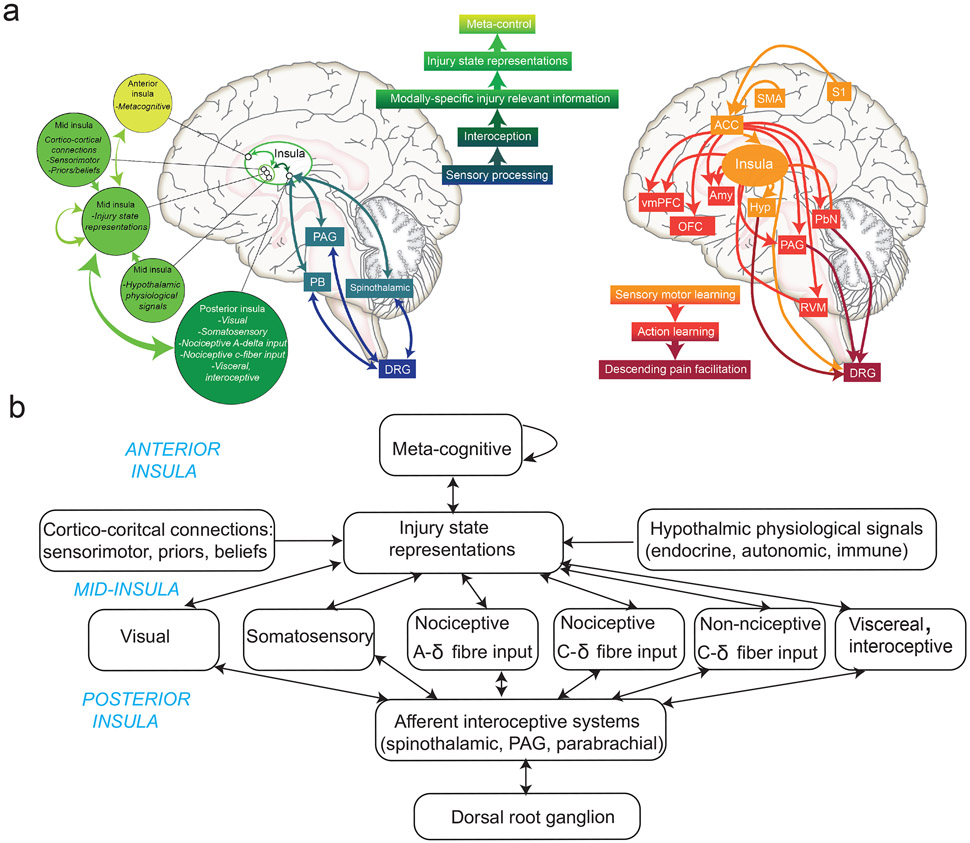FIGURE 2. Neural implementation and representations of injury and persistent pain.
a) Information flows and afferent (left) and efferent (right) pathways for insula-centered injury-state inference and effector control. At the heart of this is an insula-centered hierarchy with successively higher latent abstractions of the injury state. Afferent pathways feed various inputs to the hub, from subcortical and cortico-cortical projections; and efferent routes can implement different types of responses. This includes the multiple afferent pathways that ascend the spinal cord to various brainstem nuclei, such as the parabrachial, periaqueductal gray (PAG), dorsal respiratory group (DRG), locus coeruleus (LC) and others, forming the bidirectional brainstem-subcortical network176,177.
b) Schematic illustration of an insula-hub perspective for injury state representations in more details, including the different types of sensory information important for inference. The anterior, mid, and posterior segments of the insula have distinct and complementary functional roles. Note that the injury state inference may be shared with broader cortical areas, including the ACC and VMPFC, which are omitted here.

